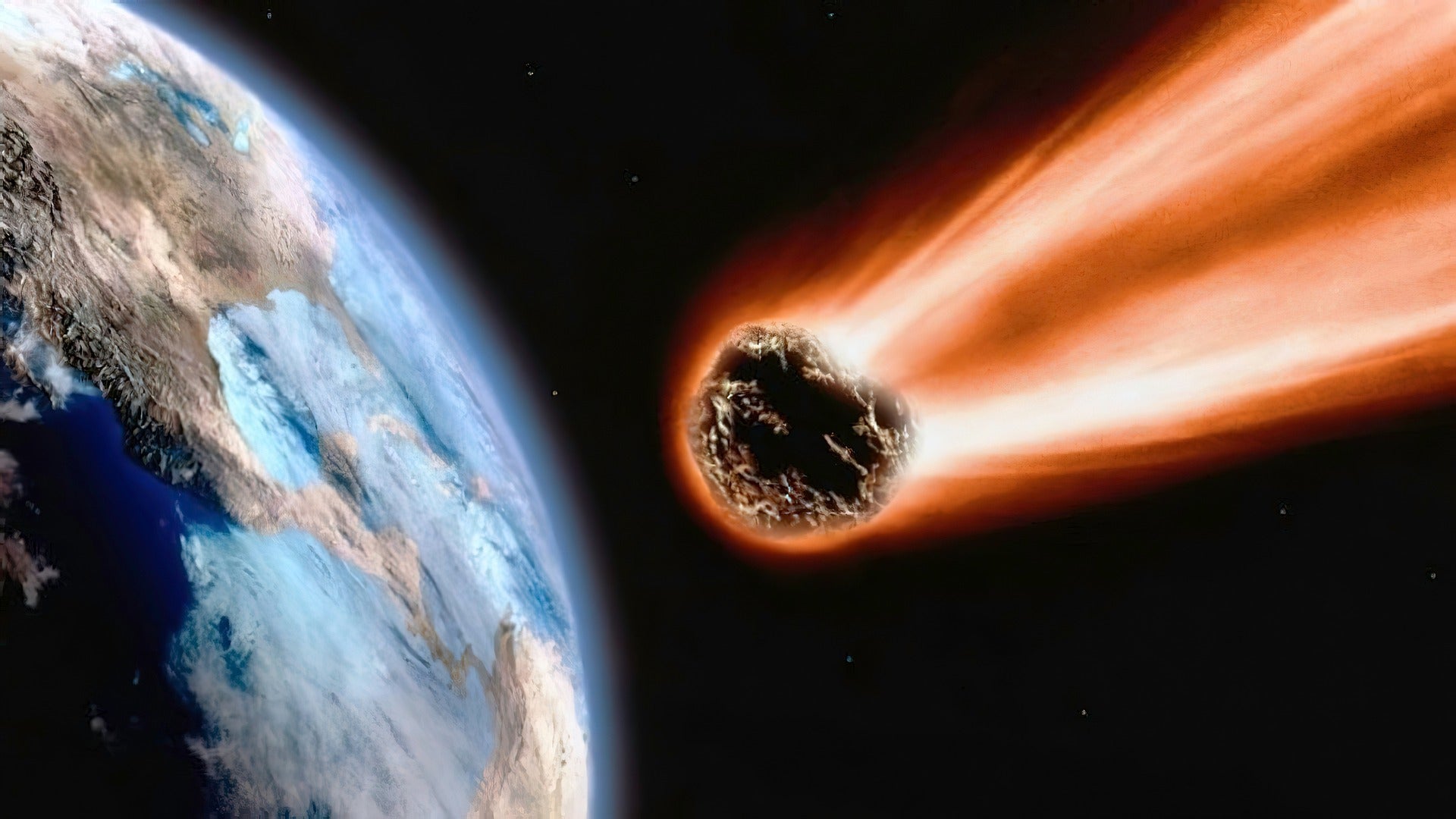‘Potentially hazardous’ asteroid is heading closer to Earth
The asteroid is travelling to our planet at 20,512 miles per hour but will likely safely pass by

A “potentially hazardous” asteroid will be shooting near the Earth tomorrow.
The space rock, called 2015 FF, has an estimated diameter of between 13 and 28 meters – approximately the same of an adult blue whale.
Travelling towards the Earth at 20,512 miles per hour, it will come approximately eight times the distance between our planet and the Moon , 4.3 million kilometers into space.
Nasa defines any object that comes within 193 million km of Earth as a "near-Earth object", while anything that comes within 7.5 million kilometres is categorized as "potentially hazardous."
An unexpected impact from another asteroid could easily send the rock hurtling towards Earth.
The planet has many early-warning systems to prepare humans for a collision. In March, the the European Space Agency’s planetary defence community spotted an asteroid hours before it struck the Earth.
Nasa has also been preparing spacecraft that could stop a potential life-threatening collision. Earlier this year it launched Dart – or Double Asteroid Redirection Test – to the asteroid Didymos, 6.7 million miles from Earth.
The mission will only knock the asteroid off its orbit by a little, even at a speed of 15,000 miles per hour – but that is all that might be needed to put it off-course, if scientists can spot potentially hazardous asteroids early enough.
If they cannot, however, the results could be devastating. A week-long exercise led by Nasa concluded that catastrophe would be unavoidable if a massive asteroid was heading to Earth, even given six months to prepare.
“If confronted with the scenario in real life, we would not be able to launch any spacecraft on such short notice with current capabilities,” the participants said.
The only response to such an event would be to evacuate the area before the asteroid hit, however the impact zone was across large parts of North Africa and Europe.
Join our commenting forum
Join thought-provoking conversations, follow other Independent readers and see their replies
Comments


Bookmark popover
Removed from bookmarks